It looks like you're using an Ad Blocker.
Please white-list or disable AboveTopSecret.com in your ad-blocking tool.
Thank you.
Some features of ATS will be disabled while you continue to use an ad-blocker.
Hero, lord of field and meadow, lion of the distant mountains! Ningiszida, who brings together giant snakes and dragons!
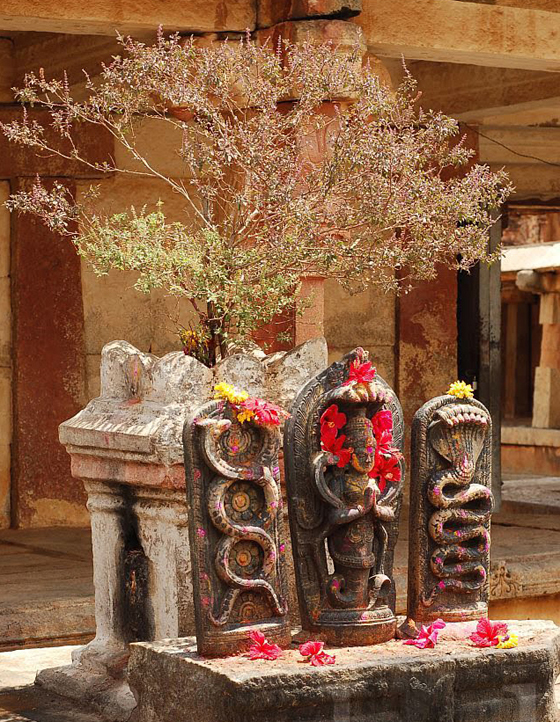
The first thing that should be noted regarding Nin-ĝišzida is that his title is that of 'Nin', a feminine determinative and generally translated as 'Lady', despite this Nin-ĝišzida generally translated as 'Lord of the Good Tree' (which would be 'En'). In trying to figure why this was so Sumerologists draw a blank and simply consider that this was the case with other male Deities (generally conceived by En-lil within the Underworld) and so perhaps it meant little.
However what the 'Nin' title indicates is the Underworld origins of such Deities, were the black Underworld is personified as Feminine, they emerge from below and hey presto they are Masculine.
The Underworld aspect of Nin-ĝišzida was serpentine, the roots of the good tree that he represented, the sign for tree root, 'arina', which consists of two crossed signs for serpent (MUŠ)this understood as a vast underground network and source of power, as in any forest were all is inter-connected at root level, a natural inter-net of sorts.
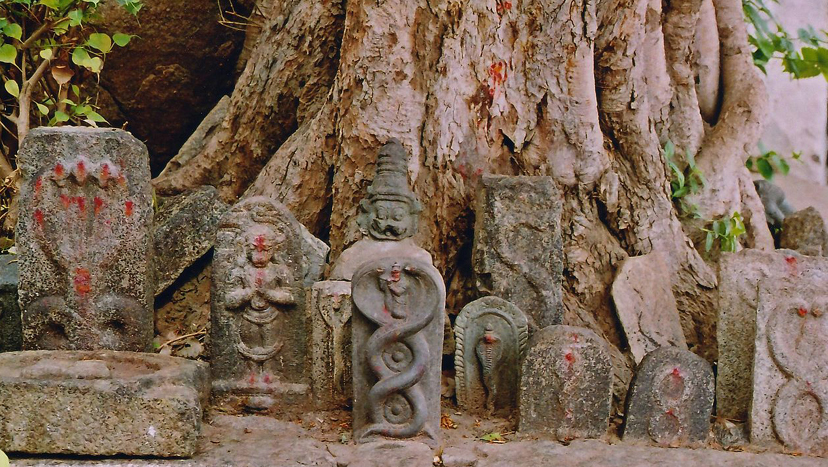
The cultic centre of Ningišzida was rural Gišbanda ( also a chapel in é-anna at Uruk) meaning "Young Tree",between Ur and Lagaš in southern Sumer, his father was Nin-azu son of Ereskigal [variant tradition, of Enlil/Ninlil] serpentine and born within the Underworld, spouse of Nin-girda a daughter of Enki, and thus Ningišzida had family connection across the Sumerian pantheon divide.
'O primeval place, deep mountain founded in an artful fashion, shrine, terrifying place lying in a pasture, a dread whose lofty ways none can fathom, Ĝišbanda, neck-stock, meshed net, shackles of the great underworld from which none can escape, your exterior is raised up, prominent like a snare, your interior is where the sun rises, endowed with wide-spreading plenty. Your prince is the prince who stretches out his pure hand, the holy one of heaven, with luxuriant and abundant hair hanging at his back, Nin-ĝišzida.
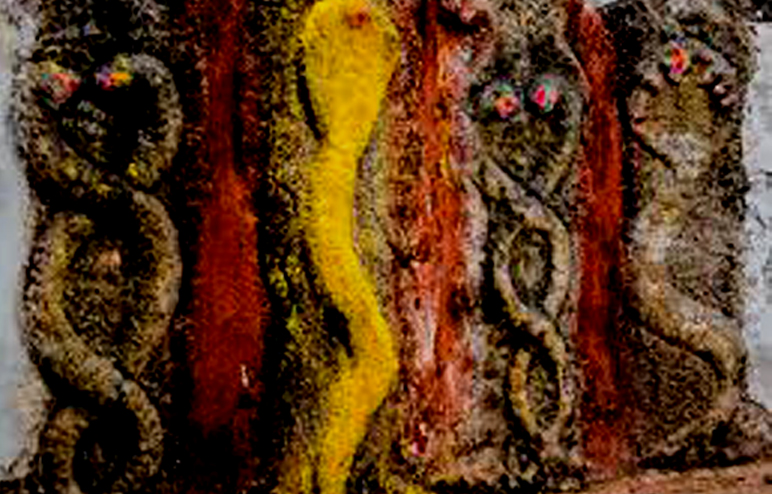
Nin-ĝišzida was understood as having a child named Damu, in terms of family continuity Nin-azu would infer ' knowing the waters', followed by ' of the Good Tree', and Damu the child," power in the sap that rises in trees and bushes in the spring.", there is of course also sexual associations in all of this, were the serpent was a metaphor for a penis often.
The connectivity with En-Ki and the waters of the Abzu of great importance in the generation of the sacred tree, but also the connectivity to En-lil, Lord of the Wind, important in determining this generation as an act of the will, and the particular spiritual qualities of Nin-ĝišzida.
Lord with holy dignity, imbued with great savage awesomeness! My king, Ningiszida, imbued with great savage awesomeness! Hero, falcon preying on the gods, my king -- dignified, with sparkling eyes, fully equipped with arrows and quiver, impetuous leopard, murderous, howling dragon.
It is such qualities that have given Nin-ĝišzida a particular reputation, however there is a marked difference between the serpentine Underworld associations of the roots and those of the firm and upright tree above ground, this as the staff of rule that when thrown to the ground is as a wriggling serpent, held above ground that of weighty, fair, upright and absolute judgement..Ningiszida, your mouth is that of a snake with a great tongue, a magician...anyone who went against could expect a bite from the vengeful serpent Goddess Nin-Ki, hence serpents associated with boundary stones and contracts.
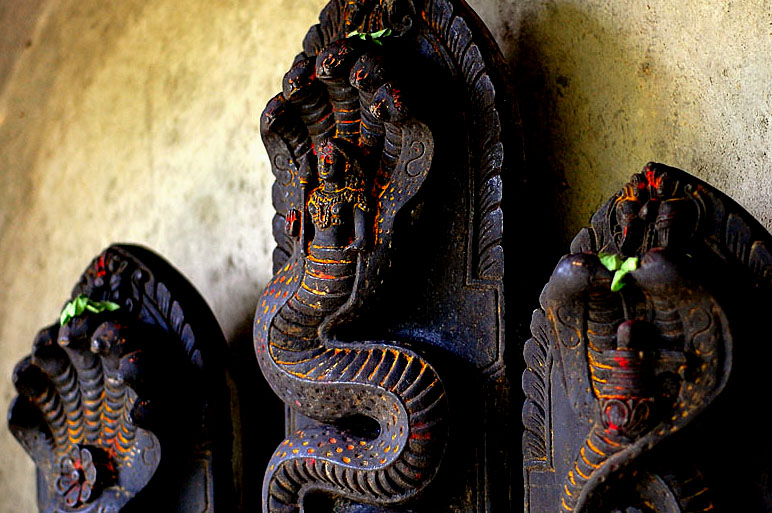
Shepherd, you understand how to keep a check on the black-headed. The sheep and lambs come to seek you out, and you understand how to wield the sceptre over the goats and kids, into the distant future. Ningiszida, you understand how to wield the sceptre, into the distant future
In such judgement he could be expected to be impartial.
You should not say to Ningishzida: "Let me live!"...Sumerian Proverb
These qualities are also strongly evidenced in the serpent cult of Ištar-ān which was located in the border region between Sumer and Elam, Ištar-ān as Venus-Morning star an epitaph of Nin-ĝišzida as seen in his descent into the Underworld narrative, were his sister asks to sail with him on the Dragon boat into the Underworld, were the skipper of the Dragon boat (Hydra constellation) is Nin-Sirsir, 'the slithering one';
My young man Damu, let me sail away with you, brother let me sail away with you. Ištar-ān of the bright visage, let me sail away with you,... Nin-ĝišzida , let me sail away with you
Ningishzidas' journey to the Netherworld
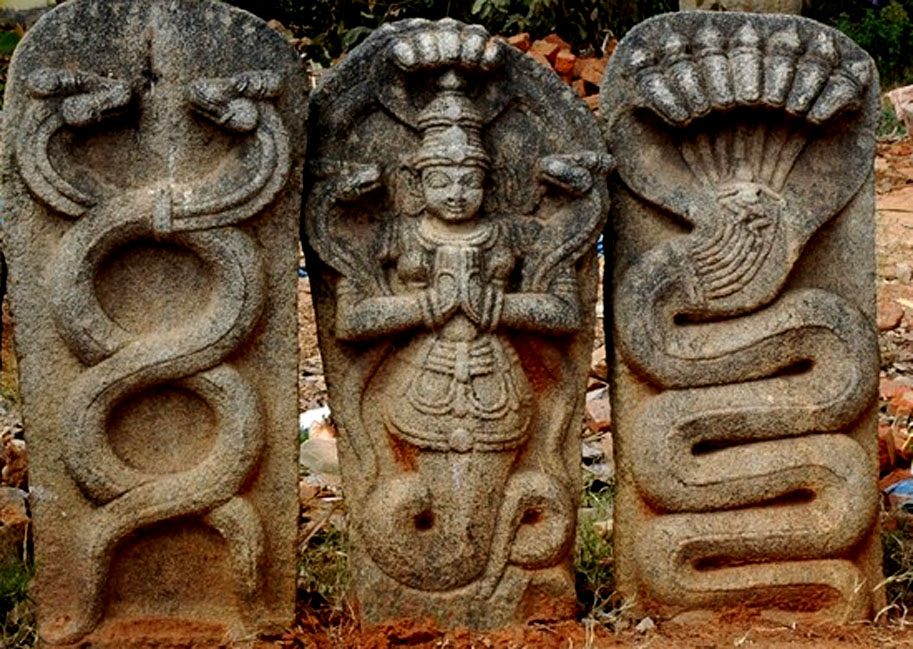
It can of course not be denied that Ninazu and Ningišzida are Sumerian gods, but the evidence suggests that their ophidian traits were developed under the influence of transtigridian religious ideas. In fact, as has been repeatedly shown, a religious interest in snakes in these regions goes back deep into prehistory and through the ages remains quite visible in the iconography of Elam and the Iranian mountains.
Ištaran is the god of Der in the Elamite borderland. Although his three main traits are that of a dying god, an arbitrator and judge, and a chthonic snake god, he is also related with the sky: he is Venus (Ištar-ān) and one of his names is An-gal/Anû rabû "Great An." He appears with the lower body of a winding snake.
Transtigridian Snake Gods
Istaran God of Justice
Ištar-ān had a most unfortunate end in his sacrificial aspect, in that he was taken to the Temple precinct of his sister Istar and had all of the blood beaten out of him to nourish the Underworld, whilst she watched and lamented.
The cult of Nin-ĝišzida then either derived from or assimilated that of Ištar-ān, but the relationship is interesting as to why the Sumerians needed two Gods of resurrection, and generally kept them seperate despite similarities, in some ways Dumuzid is a victim of fate which he tries to avoid, his roots are not in the Underworld, as a son of En-ki he is an unwilling victim within the greater scheme of things, with Nin-ĝišzida it is simply his will and nature to emerge from the depths like a dragon..."When your great word comes to the earth, you are indeed a great mušhuššu
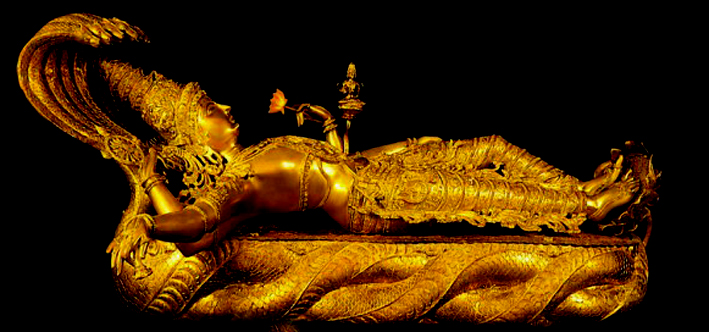
Of course dragons emerging from the Underworld is something people naturally worry about, but Nin-ĝišzida in the context of Sumerian religion was understood as harnessing those mighty forces of nature toward generative purpose and countering evil aspects through establishment of order.
The garden was planted at a great opening into the underworld where three rivers had their source.
The so-called bad tree (from the point of view of the sky god who was doing the planting) was the one that either came up on its own and was already there, or came up after YHWH planted His trees.
The serpent would conceivably have come through that same rift between the two worlds.
Once Eve decided the forbidden (by the sky god) fruit was good for sustenance, then she was under obligation to pay for what she had gotten, by becoming food herself to feed the denizens of the underworld, so was doomed to die to the outer world that has a sky.
There most certainly is, the tradition of Inanna and Dumuzid within the Edin and their sacred trees, the cult of Ningisidra and the wisdom of cyclic return as an aspect of nature, Dumuzid and Ningisidra putting in a good word to Anu on behalf of Adapa and he being offered immortality, which he refuses as En-Ki had insisted he should.
What they were basically saying the Hebrew scribes in their rehash of these traditions is that we're having none of that physical resurrection milarky, casting it in a negative light, and they're still saying it.
Hi K,
I am so happy, for today I can say, "Transtigridian Snake-Gods", I'm going to find some way to work that in to a conversation and see if I can cause a spit-take.
You got good brains, K, never change.
Yes well when it comes to shape and gender shifting reptilians it's the Transtigridian snake cults people should worry their little heads about not the likes of the Illuminati, and their plans to run the world from a centralized tree within an Underworld micro-root network extending across the globe
People generally get the wrong idea about Ningiszidra, with his scythe he owns seven headed dragons, makes them behave.
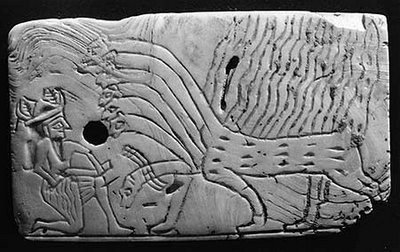
Once upon a time, a tree, a huluppu, a tree --It had been planted on the bank of the Euphrates,It was watered by the Euphrates -The violence of the South Wind plucked up its roots,Tore away its crown,The Euphrates carried it off on its waters.
The woman, roving about in fear at the word of An,Roving about in fear at the word of Enlil,Took the tree in her hand, brought it to Uruk:"I shall bring it to pure Inanna's fruitful garden
The woman tended the tree with her hand, placed it by her foot, Inanna tended the tree with her hand, placed it by her foot,
"When will it be a fruitful throne for me to sit on," she said,"When will it be a fruitful bed for me to lie on," she said
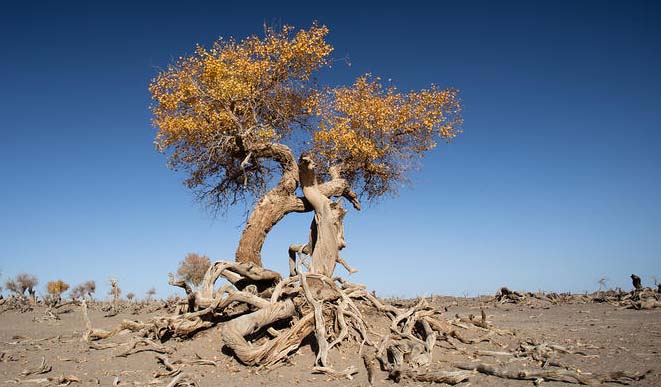
There are many things set against this tree, but the tree that Inanna raises up as Dumuzid is named Ama-ucumgal-ana, which literally translates as Mother-Dragon-Heaven (Feminine Ana), a remarkable term.
My desirable one, my desirable one, your charms are lovely, my desirable apple garden, your charms are lovely. My fruitful garden of mes trees, your charms are lovely, my one who is in himself Dumuzid-abzu, your charms are lovely
Good semen, good seed; when he comes forth from the brickbuilt abzu, I will make him sprout forth like a mes tree. Ama-ucumgal-ana, may An create ....... ...... shall supply you with ....... Your sweet beauty, like foliage ....... I shall cherish you ....... I will make Ama-ucumgal-ana sprout forth as just such a mes tree

Both Inanna and Dumuzid very closely associate with the Dragon cult of Heaven raised up from the roots below, the cult of the double twined serpent.
Lady whom Ningal has joyously made attractive with beauty, speed has been given to you as to a dragon. Inana whom Ningal has joyously made attractive with beauty, speed has been given to you as to a dragon.
Riding on the south wind, you are she who has received the divine powers from the abzu. You have seated King Ama-ucumgal-ana upon your holy dais. Inana, riding on the south wind, you are she who has received the divine powers from the abzu. You have seated King Ama-ucumgal-ana upon your holy dais.
Mistress, you have given your strength to him who is king. Ama-ucumgal-ana brings forth radiance for you. Inana, you have given your strength to him who is king. Ama-ucumgal-ana brings forth radiance for you.
Lady, throughout heaven and earth who knows from you the intentions of your heart, those great matters? All heaven trembles at your word, a double-twined thread which cannot be separated. Your father Enlil has given this to you. Ama-ucumgal-ana competes majestically for you in battle, cutting a swathe like a dragon
Inanna thus raises Dumuzid to be as a Dragon in order to protect her interests, a curious Order.
A Tigi to Inanna
More strange than true. I never may believe
These antique fables nor these fairy toys.
Lovers and madmen have such seething brains,
Such shaping fantasies, that apprehend
More than cool reason ever comprehends.
The lunatic, the lover, and the poet
Are of imagination all compact.
A Midsummer Nights Dream
The point at which all is connected to the 3 realms the underworld, earth and heaven where the compass of the 4 winds meets. Feminine due to umbilical nature of the connection she draws life from heavens, binds the earth and strength from below...
As usual Kantz you have woven yet another one of the past mysteries into something compelling for me to ponder and dream about.
I often wonder if I have epiphanies or if I just read too much and now have forgotten all that I should have remembered. I used to draw the world tree, universe tree, tree of life...The COSMIC TREE. The Norse call it Yggdrasil, it is how we travel from one world to the next, or in Kabala it is the key. Unfortunate are the goblins who wish to cut this tree down for its roots go deep.
All this talk of trees I just wanted to point out for those less knowledgeable the significance of the tree...
Give me a lever long enough and a fulcrum on which to place it, and I shall move the world...
~Archimedes
And since you have been still
I will return to Xibalba...
Yes there is much to think about in this and here is something very special for you, Crowns of the Sarmatian Dragon King cult, whether worn by Priestesses or Princesses or indeed the Kings themselves it is not known, but generally considered to be related to a fertility cult of some sort.
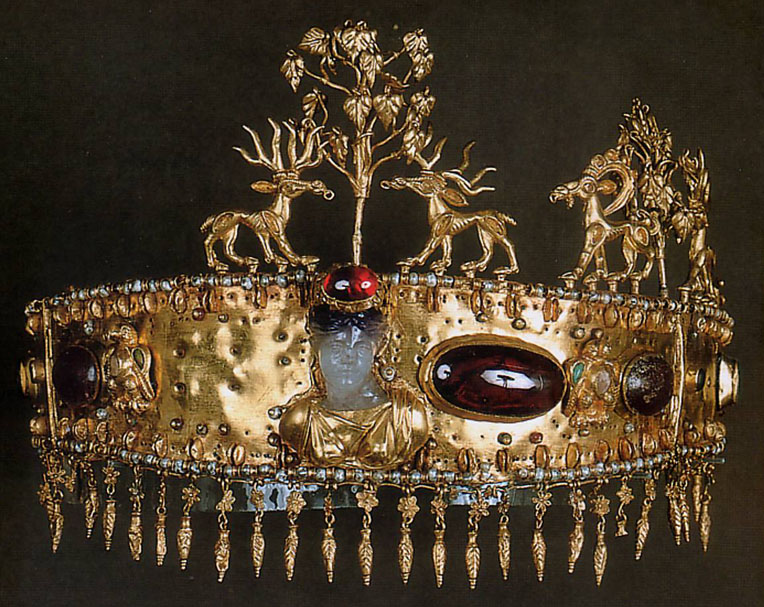
Of course it should be noted that the tree iconography exactly corresponds to Elamite and Sumerian iconography dating back thousands of years previously, these are of the 1st Century AD, were the deer is the symbol of the spirit that moves swiflty across the plain, the mountain goat that which ascends, and we can note the red and black stones of our Underworld to terrestrial connectivity.
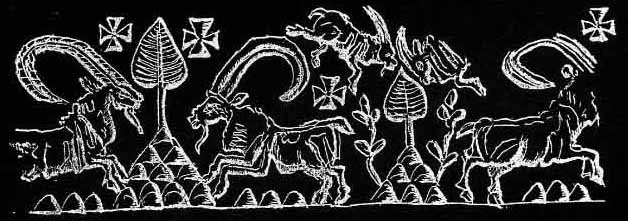
The Sarmatians were an Iranian people very much of the Aryan aspect, but they have taken up the Cult that predated their arrival in the region by Millenia, and give every indication of fully understanding it, the sacred trees of Inanna and Dumuzid, her creation of the Dragon King to serve and protect her interests, translated to the steppes of the Ukraine.
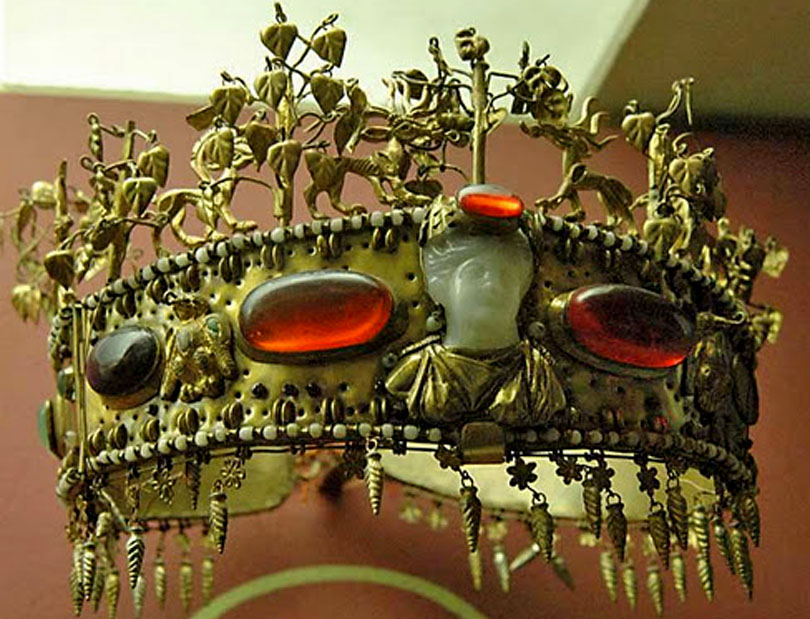
In terms of the cosmic tree you refer to that had it's roots in the celestial North, the constellation Draco, and found realization in the light of the Midday Sun in the South in terms of height and luminosity attained, and we can further note that during the medieval period there was raised in Hungary, due to formerly strong Sarmatian presence, the Order of the Dragon, to serve and protect the Church, it's most famous member having been Vlad Dracul, who had a gift for savage awesomeness and Draconian Order.
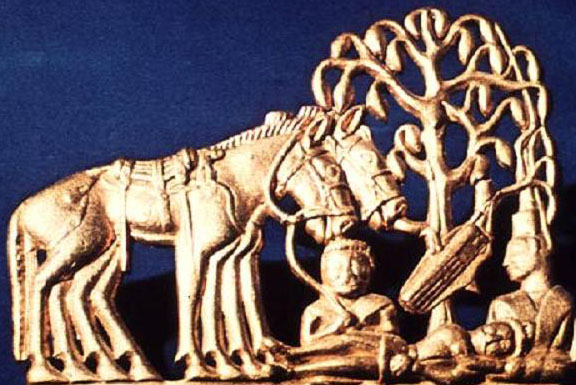
A somewhat notorious example then, but the Sarmatians were also translated into Britain as auxilliaries within the Roman army, deployed and granted the right to settle the land hereabouts, and they gave rise to the Arthurian mythos and the Cult of chivalry, the Knight that serves the Lady, fighting under the banner of the Sarmatian Dragon.
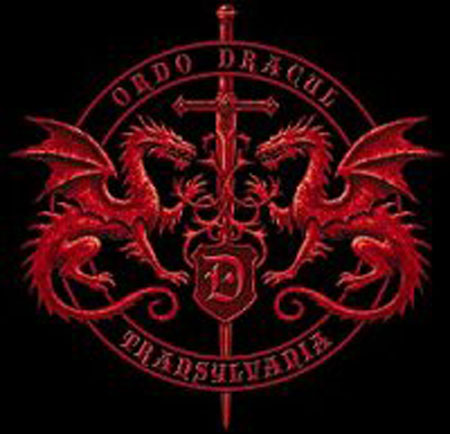
So from the Transtigridian region to the Transylvanian, a curious tale
Ningishzidas looks like Buddha.
Very interesting that many ancient cultures were into Serpent Worship.
I am curious does the red stone located on the forehead of the carved face represent the "Third Eye" (red pill...)?
I love how the ornaments are going around like tiny pine cones...
These crowns are fantastic, does that answer the question of who is it...?
Some good observations, the pine cones would relate to the Cedar in the sense of mightiest tree and the principle of Divine Kingship, suggesting the Crowns were to be worn by the King, also of course the generative power of seeding Dynasties.
The red pill does represent actual physical life over dream, and in a sense that is also what it is representing on the forehead of the Celestial Goddess realized through the white/translucent stone, her mind is toward generative vitality through the blood.
Whar would King Arthur do?, who knows, more mythical and legendary than real, increasingly considered to have derived from the name of a Roman officer which the Sarmatians were under the command of when they first arrived in Britain and thus became synonymous with.
Lucius Artorius Castus
From Scythia to Camelot
Bremetanacum
In the Notitia Dignitatum of the fourth century, the Ribchester entry is listed under the command of the Dux Britannia, curiously under the heading 'upon the line of the Wall', even though Ribchester lies about 70 miles to the south of Hadrian's monument. The Cunei were small, irregular auxiliary units predominant in the later Roman empire, who sported a variety of weapons skills; the Ribchester Cuneus was a cavalry unit possibly enlisted from among the sons and grandsons of the original Sarmatian veterans who settled in the area.
After the Roman departure the Sarmatians fought alongside the Romano-Brythons to maintain order against Germanic invasion, establishing the Kingdom of Rheged which eventually contracted/merged into Gwyned, from which the first tales emerged to become a major cultural influence of the Middle Ages, and also gave the Welsh their Dragon
Don't have much to add right now, but wanted to tag it for myself. S+F
I am doing a post with similar motifs, www.abovetopsecret.com...
First of all congratulations on the well-informed article you wrote, it is excellent and well explained, also your opinion is pretty accurate.
In my own opinion and as per my knowledge on mythology (a topic that I'm passionate about!) the reason the Sumerologists find gender mismatches throughout the holly texts is because of the previous religions which serve as base to the Sumerian, not only the Transtigrian but even a lot earlier ones.
You see, most of the oldest religions praised most of the nature as "female" due to its life creating power so when they started to talk about godhood they started with goddesses and not gods, and not as secondary or spouse powers but as main and absolute powers therefore having gynocentric religions rather than androcentric like most (if not all) of the modern ones which started to arise for good around Sumerian times.
In respect, fear, tradition, nostalgia, mistake or whatever, writers of the "new myths" required by those rising androcentric religions kept as much of the feminine presence as they could on the new pantheons.
This situation degraded overtime from a common place of powerful goddesses, hermaphrodite gods and even gender bending creatures that drove nature and cosmic events to a mere handful virgins and martyrs (The other two were downright abolished) due to the power play and war games (encouraged by the androcentrism) of the dominant empires that consequentially imposed their religions.
Sumerian empire sat in a middle point on this degradation history causing this puzzling gender issues when in fact for most of the people of the time there was no problem in accepting goddesses able go about inseminating others (Nin-ĝišzida and Ninazimua) and the other way round, gods being "pregnant" (Enki and Zeus). Gender limitations are for the human not for the divine beings.
In addition to the above the written language was on its dawning and such concepts as multiple or non gender are hard to describe even with our modern languages (try giving gender to nouns in English for instance, or taking gender out in Spanish) so they are prone to all sorts of misunderstandings, further more if we have been able to recover so few pieces of text.
Other than that, your analysis on the serpent symbology is really accurate, it used to be a fertility symbol because of the continuous contact the animal has with the earth, later adopted as a phallic representation and worse, included as part of religion-vs-religion marketing: the millennial-old praised serpent as the "enemy of good" (although ally of knowledge) in a comparatively new religion. I like that some texts tie the biblical snake to Nin-ĝišzida.
In the end the portrait of Nin-ĝišzida given by the scarce information is wide open to speculation and debate, something the god herself would have love to see since his path led her though the world of living, the netherworld and the underworld leaving him unscratched and wiser. She is described as a great talker, caring father, powerful woman, fearless warrior and a lot more, leading me to conclude he was actually one curious girl experimenting everything around, a smart scientist of life itself, pretty human isn't it?
I would suggest to also include sources (I know you have them due to the quotes you made but it would be great to "type them out loud") such as the Oxford's ETCSL, the Oracc Project or the texts of Wiggerman.
On a side note, want to know something funny about the pronunciation of the letters 'N' and 'D' in the name Nin-ĝišzida? ...
:3
-
V.P. Kamala Harris releases a video and nobody understands why
US Political Madness: 22 minutes ago -
D.B. Cooper mystery may be solved
General Conspiracies: 4 hours ago
-
D.B. Cooper mystery may be solved
General Conspiracies: 4 hours ago, 14 flags -
V.P. Kamala Harris releases a video and nobody understands why
US Political Madness: 22 minutes ago, 4 flags
-
V.P. Kamala Harris releases a video and nobody understands why
US Political Madness • 9 • : nugget1 -
I thought Trump was the existential threat?
World War Three • 83 • : Oldcarpy2 -
Results of the use of the Oreshnik missile system in Dnepropetrovsk
World War Three • 243 • : Oldcarpy2 -
D.B. Cooper mystery may be solved
General Conspiracies • 20 • : Flyingclaydisk -
Interesting Video-UFO?
Aliens and UFOs • 17 • : Flyingclaydisk -
Well, here we go red lines crossed Biden gives the go ahead to use long range missiles
World War Three • 398 • : andy06shake -
How Long have You been Alive?
General Chit Chat • 34 • : Flyingclaydisk -
Mood Music Part VI
Music • 3717 • : BrucellaOrchitis -
Federal law trumps state and local law every time
Social Issues and Civil Unrest • 31 • : fringeofthefringe -
Petition Calling for General Election at 564,016 and rising Fast
Political Issues • 97 • : BrucellaOrchitis
